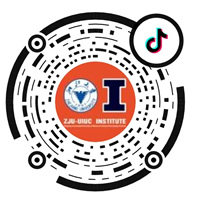Introduction
This is the village of Hengjin, Ninghai County, Ningbo City, Zhejiang Province, Taoyuan Street. In this old village, many of the villagers have gone to the mountains to work, only 4 households and 5 people remain. In old age, inconvenience is hard to avoid; with old walls removed, only nostalgia remains. In the first Zhejiang Province Preliminary Round of the Printed Countryside Creative Design Competition, which just ended, a team from ZJUI won the Outstanding Design Award. Guided by their mentors, they always pursue low-carbon with boundless creativity; they design for the people and proceeding from reality in all their do while going down to communities to devote themselves in building a beautiful countryside and work tirelessly for improvement of rural living environment.
Using creativity and courage to win awards in cross-border design
Recently, the results of the Preliminary Round of the 1st Printed Countryside Creative Design Competition of Zhejiang Province were announced. A team consisting of Ph.D. student Ruijia Wu, M.S. student PAN Hongyi, undergraduate students BAO Zichen, HU Run and MAO Jiaxi, and research assistants MA Ke and LIU Qichen from the field of civil engineering at ZJUI, won the Excellence Award for Rural Outdoor Public Environment Design in the University Category, with the project "Taoyuan - Hengjin", under the guidance of XIAO Yan, the Director of the Program for Energy, Environment, and Sustainable Systems Sciences, and also the Distinguished Chair Professor at ZJUI Qiushi. Organized by the Rural Economic Research Center of the Ministry of Agriculture and Rural Development and Shangnong Think Tank, the tournament aims to closely focus on the overall plan of rural revitalization and future rural construction in Zhejiang Province, and promote the "three major actions" of improving the living environment, revitalizing rural culture and promoting social undertakings.
Crossing the discipline border to do architectural design and public environmental planning is both a challenge and a responsibility for this civil engineering team.
Professor Xiao Yan's group has long been engaged in research related to biomass materials. During the work of the joint research center on biomass materials and carbon neutral construction built with Ninghai County, Pan Hongyi, a member of the group, encountered with Hengjin Village, “Just like the surprise of the fisherman suddenly meeting the peach blossom forest in ‘The Peach Blossom Garden’, I walked around the village several times, wanting to exhaust the village.” A chance encounter with the team, who were exploring the possibility of building a demonstration biomass building, opened their eyes and became the turning point for them to participate in the Village Creative Design Competition.

This old village, hidden in the mountains and forests, is located within a half-hour traffic circle of the downtown area, but is confined to a short two-kilometer mountain road, becoming an independent village full of ruins and old houses. The quaint Hengjin, with trails running through it and only 4 families left, is full of the marks of the years, and time seems to stand still here-- all this makes Hengjin the best place for the project team to practice carbon neutral construction and rural revitalization.
Although the field of outdoor public environment design is completely new to faculty and students in the field of civil engineering, this group of energetic young people at ZJUI has defied the challenge and taken solid steps to improve the living environment of the people in the village and to continuously promote the construction of a beautiful village. “In the face of our competitors who have a solid professional foundation in planning and design, we can only forge ahead and make every step deeper and more practical.”, Mark, the project team leader, said. Under the leadership of Professor Xiao Yan, all the team members went to Hengjin Village in Ninghai County to conduct field visits, in-depth local measurements, interviews and other work, accumulating a large amount of material and data. For countless new areas of knowledge, the students collaborated and fully utilized their strengths and interests, integrating skills across disciplines in data science, mathematical modeling, architecture, energy, aerial photography, graphic design, finance, and other areas of knowledge. This fully demonstrates the quality of an engineering research team and highlights the interdisciplinary cross-cultivation characteristics that ZJUI has always advocated.
Light up forgotten corners with sweat and footsteps
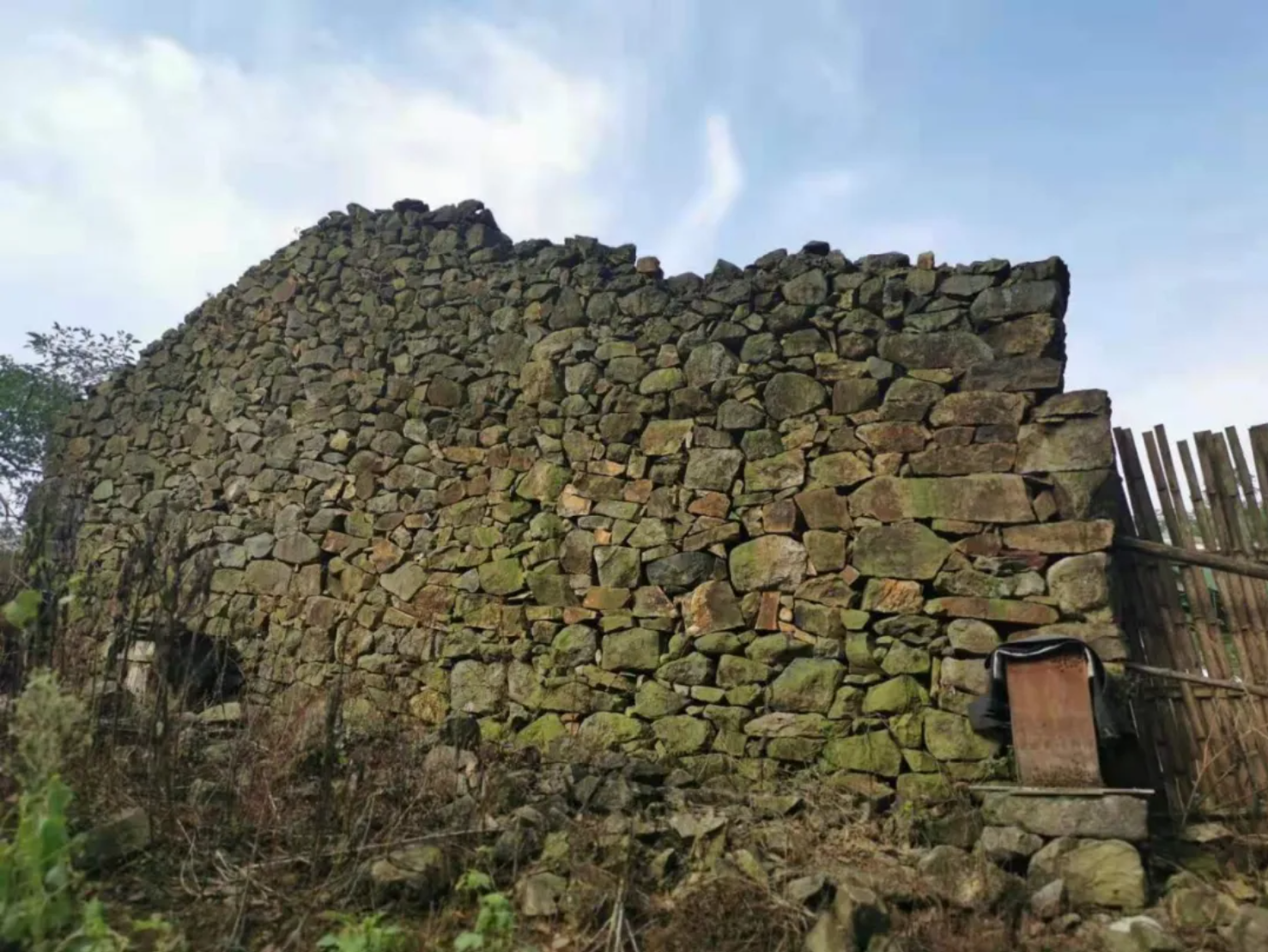
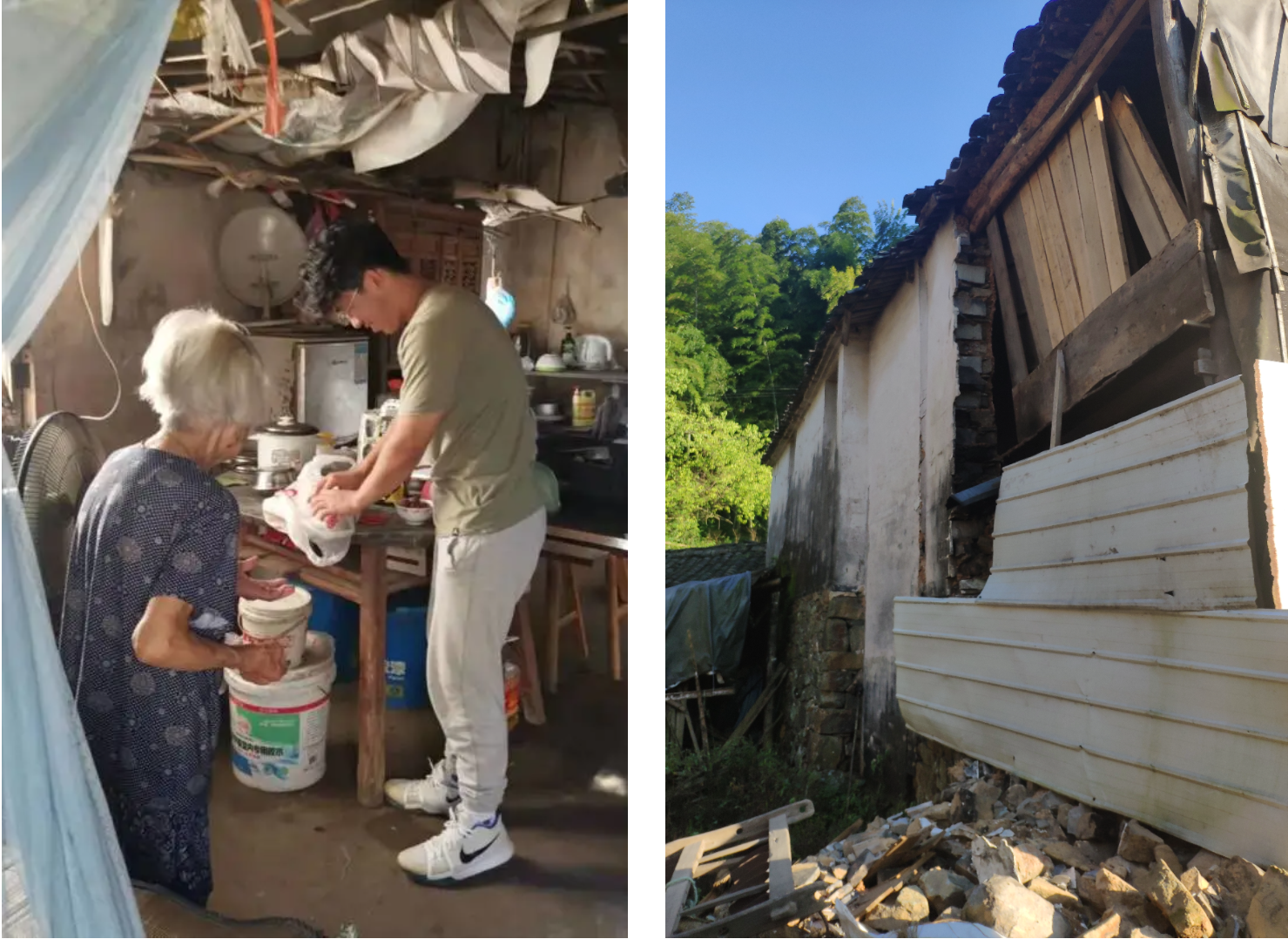
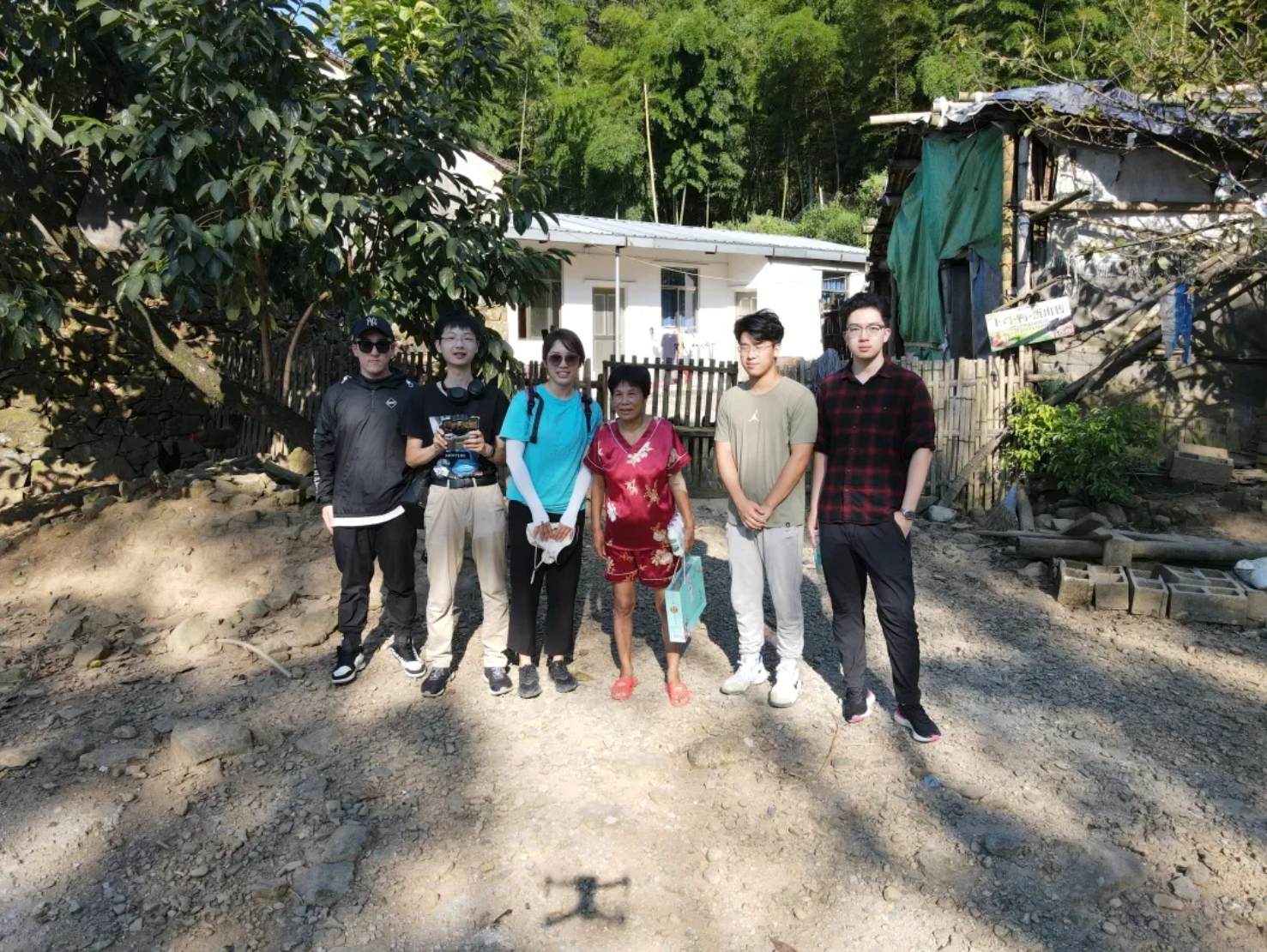
▲ Field inspection
In order to really make the design satisfactory to the villagers and improve the environment of the old village, the students of the project team worked hard and completed an in-depth field research visit. The old roads in disrepair and the badly damaged houses have failed to stop them. They visited the homes of two local villagers, Auntie Lin and Grandma Tu, and also conducted in-depth interviews with them. “Good fields, beautiful ponds, mulberry and bamboo are only the surface, the essence of the peachland, should be the happy people. Our planning should not only be superficial, but we should also consider how to really do something for the villagers in Hengjin. Everyone on the team wants to contribute their share to this forgotten corner.”, when introducing the visit, Mark said, “In order to get the most real and accurate first-hand data and research the needs of the villagers, we went to the field for several times. In the longest visit, Pan Hongyi, stayed there for more than two months.”
During the site visits and interviews, Hu Run, a Ninghai native, played an important role in dialect communication. As a Ninghai native, he has a sense of duty to promote the construction of the project, “As someone who has lived in Ninghai for 20 years, I had never heard of Hengjin Village, and even my parents' knowledge of Hengjin was limited to the fact that they seemed to have heard of the name. When I actually came to Hengjin Village, witnessed the crumbling gray and white brick houses and interviewed two residents, I couldn't even believe that such a hard life really existed in Ninghai.” Similar to his feelings, the process of communicating with 91-year-old Grandma Tu became a deeply moving and inspiring event for each member. The old houses, the hardships, the heart-warming conversations, and the hobbling steps when they parted, all reinforced the students' determination to do well in this project, to get the project off the ground as soon as possible, and to improve the quality of life of the villagers.
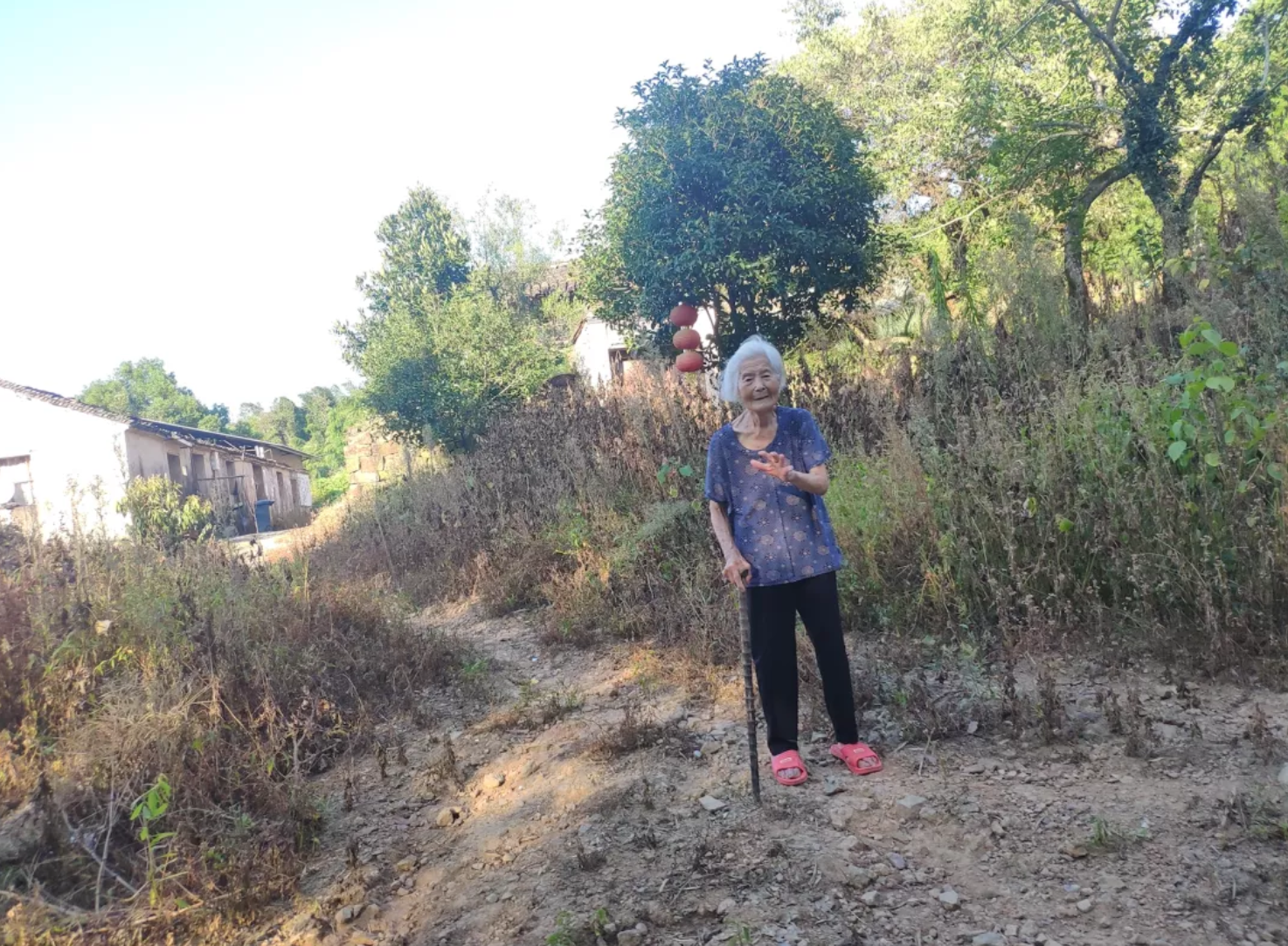
▲ Grandma Tu saw group members off
According to the actual situation grasped by the investigation, the group put forward the guiding idea that “nestling under a mountain and near a river, low-carbon and natural, livable and workable, retaining the hometown feeling”, based on the concept of respecting history and combining sustainable development and carbon neutral construction. The program focuses on saving, protecting, and restoring recreated monuments and sites that have been neglected, developing the villages while maintaining their natural beauty as much as possible, and planning folklore, campgrounds, and trails with mountain and lake views. They want to encourage villagers to return to their hometowns for employment, and young people to return to start their own businesses, working together to develop and protect this secret peach garden.
Taoyuan hengjin" rural outdoor public environment design scheme
Ninghai county people's government gave high evaluation of team’s work and recommendationsand said it "puts forward the emphasis on cultural inheritance, ecological protection, sustainable development and the planning of industrial structure transformation, which has injected new power and brought new vitality to rural revitalization and livable appropriate industry " and "strive to plan and implement the good design of teachers and students".
Instructor Xiao Yan said that such an actual project can guide the students to study society, search their hearts, explore to solve problems independently and expand scientific research achievements to the people. It is a good way and opportunity to cultivate the future young scientists who can bear the responsibility, and it has the profound significance to promote the new rural construction and build carbon neutral.
Use biomass materials to promote sustainable development
The design and construction of "Taoyuan hengjin" project responds to the national goal of carbon neutrality and carbon peak, making it unique in the field of architecture. The project refers to the energy saving design of passive buildings and uses natural methods to reduce energy consumption caused by the building infrastructure while meeting the requirements of indoor comfort. Given the project belongs to the small village, the project uses concentrated in sewage treatment processing mode, making two households as a unit to build gas pool. At the same time with solving rural life sewage and degerm and reduce the emissions of carbon dioxide, its produce biogas slurry and renewal also can be used as pesticide, fertilizer, feed additives, etc.
The construction plan of the main part of the project adopts laminated engineering bamboo to ensure safety and artistry while realizing low energy consumption building. Ninghai County, where Hengjin Village is located, is rich in bamboo and local fast-growing timber. Advantaged natural and production resources can greatly reduce transportation and construction costs and facilitate local processing.
”Wu Ruijia, energy planner of the project, said, "Clear water and green mountains are gold and silver mountains. The research group adheres to the concept of harmonious development between man and nature, tries to maintain the original style of the countryside and protect the local rural ecosystem. How to achieve green emission reduction in the construction industry is an important issue in China's response to climate change, and a focus of our team’s research."
For a long time, the team led by Professor Xiao Yan has been promoting the application of engineering bamboo in construction engineering with the goal of establishing an industrial system of engineering bamboo structure, and has achieved a series of achievements. In 2005, Professor Xiao Yan and his team developed Glubam laminated bamboo, which was approved and registered by the United States Patent and Trademark Office (USTPO) and The State Intellectual Property Office (CNIPA) of China. Since then, it has been used in construction and bridge design. More than 50 demonstration buildings have been built in China and Africa. In 2008, it was awarded the "Best of What's New" best new product award, and obtained more than 10 patents. The team has been researching on engineering bamboo for more than 15 years, initiating several engineering bamboo architectural structure systems and publishing more than 50 leading papers internationally.
The project makes use of the team's existing biomass material research foundation, facing the "double carbon" goal to achieve the combination of scientific and technological innovation and new rural construction, and contribute unique wisdom to the realization of rural revitalization and sustainable development.
Inspiration
01 Ma Ke | project team leader
At first glance, Hengjin seems to be an unspoiled paradise, but for its residents, everything is just ordinary life, a lament for empty nesters. Our planning should not only be superficial, but also consider how to actually do something for the villagers of Hengjin.
02 Wu Ruijia | energy planners
Through in-depth visits and understanding of the local villagers’ living situation, we also feel the unique natural scenery of Hengjin Village. Architecture should be warm. How to better realize the symbiosis between man and nature, improve the living environment and life quality of local villagers, and enhance their sense of happiness and the sense of gain from comprehensive poverty alleviation is also the answer we want to get in this practice.
03 Hu Run | demolition coordinator
As a student from Ninghai, it is my great honor to participate in scientific research projects and competitions. Hengjin village is far from typical new villages such as Qiantong Town due to its isolated situation. Grandma Tu, 91, was very happy to chat with us, and moved by our visit and chat with her, so she hobbled out to see us off. We really have a responsibility to land this project as soon as possible.
04 Liu Qichen | architect
The present situation of Hengjin village, where all the residents are old and the old village houses are dilapidated, reflects the general situation of hollow villages in China. Dilapidated buildings, lack of public facilities, inconvenient life and other problems are the core of students' focus. We hope to meet the long-term living habits of the villagers while providing them with better living conditions, and at the same time drive the economic development of Hengjin Village with the goal of living happily. Graduated from ZJUI Civil Engineering, I’m going to pursue a career in architecture. This project also provides me with a good opportunity to practice and improve myself.







